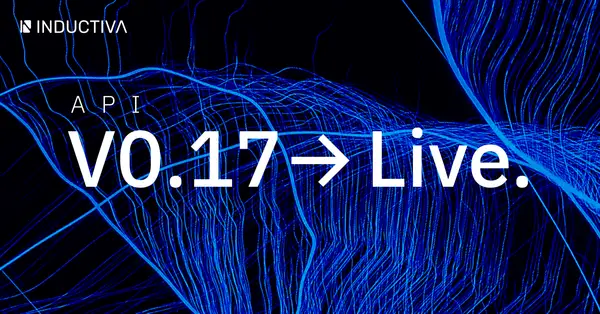At Inductiva.AI, our mission is to empower engineers and scientists to solve complex physical problems at scale. Recently, we partnered with the Porto Space Team, a student rocketry group designing a novel airbrake system for their EuRoC competition rocket, a project requiring advanced CFD (Computational Fluid Dynamics) analyses over a wide transonic regime.
Here’s the Porto Space Team’s perspective on how the collaboration progressed:
The development of a novel airbrake system for our rocket competing in the EuRoC competition presented a significant technical and computational challenge: accurately characterizing aerodynamic behavior across a wide speed range, from Mach 0.1 to Mach 1.0. To meet this challenge, we extensively employed computational fluid dynamics (CFD) simulations with OpenFOAM, a critical tool for generating drag curves, evaluating flight stability, and iterating airbrake design and control strategies.


Overcoming Computational Constraints with Inductiva
Initially, simulations were performed on personal computers—adequate for preliminary testing but severely limited for complex, high-fidelity cases. For example, simulating merely 0.7 seconds of a large-eddy simulation (LES) scenario could take over 12 hours on a 4-core processor. A comprehensive 20-second flight simulation extended over several days, introducing delays that hindered iterative development.
Our collaboration with Inductiva proved transformative. By leveraging Inductiva’s cloud-based high-performance computing (HPC) infrastructure, we accelerated simulations dramatically.
The 20-second LES case that once took days now completes in under 7 hours. Additionally, Inductiva’s platform enables parallel execution of multiple simulation scenarios and automates our entire CFD workflow.
This scalability allowed us to conduct 12 complete case studies within a single month—previously infeasible given time constraints. Alongside computational power, Inductiva’s technical support was instrumental, assisting with solver configuration, resource optimization, and data pipeline management. This comprehensive approach improved data structuring, streamlined result sharing, and freed valuable time for physical interpretation and project refinement.
Impact on Engineering Workflow and Project Outcomes
Developing our first rocket airbrake system extended beyond a purely technical endeavor. It demanded rigorous resource management, rapid iteration cycles, and continuous validation under a competitive timeline. Accurate aerodynamic modeling was essential to ensuring system safety and performance.
Inductiva’s infrastructure and engineering collaboration enabled a qualitative and quantitative leap in our development process. Where we previously faced bottlenecks caused by slow simulations and manual data handling, we now benefit from accelerated runtimes, parallel case studies, automated workflows, and enhanced collaboration tools.
Key achievements facilitated by this partnership include:
- Reducing CFD simulation runtimes from days to hours
- Executing multiple aerodynamic scenarios concurrently to accelerate design iterations
- Automating simulation pipelines, allowing more focus on analysis and decision-making
- Improving data sharing and collaboration among team members
These advances directly contributed to validating control strategies and refining airbrake performance across multiple flight conditions—critical achievements within the tight deadlines of EuRoC competition preparation.
Mutual Innovation: Enhancing Inductiva Through Real-World Aerospace Use Cases
This collaboration has been mutually enriching. Beyond infrastructure, Inductiva provided deep technical support throughout development—helping optimize solver settings, compute resource allocation, and data workflows. This partnership enabled us to concentrate on extracting aerodynamic insights rather than computational logistics.
Simultaneously, Porto Space Team’s extensive CFD use in demanding aerospace contexts offered Inductiva valuable real-world feedback. Our insights have informed Inductiva’s ongoing platform development, guiding improvements such as:
- Enhanced batch simulation orchestration
- Improved OpenFOAM integration for LES turbulence modeling
- Advanced data visualization and result-sharing capabilities
- Workflow optimizations tailored for student engineering teams and research environments
This co-creation process strengthens both the quality of simulation outcomes for our project and the robustness and usability of Inductiva’s platform for future scientific and industrial users.
A Strategic Partnership Driving Future Aerospace Innovation
More than a technical service, Inductiva has become a strategic partner integral from the earliest stages of our project. Their infrastructure, expertise, and collaborative spirit have enabled us to scale both our ambitions and technical impact.
Our first rocket stands as a testament to what is achievable when engineering talent, innovative technology, and scalable computing infrastructure converge.
Porto Space Team
Student-led rocketry group pushing the frontier of aerospace innovation.
https://www.portospaceteam.pt/
Inductiva.AI
Cloud platform for scientific computing. Scalable CFD, Molecular Dynamics, Renewable Energy simulations and more.
https://inductiva.ai/



